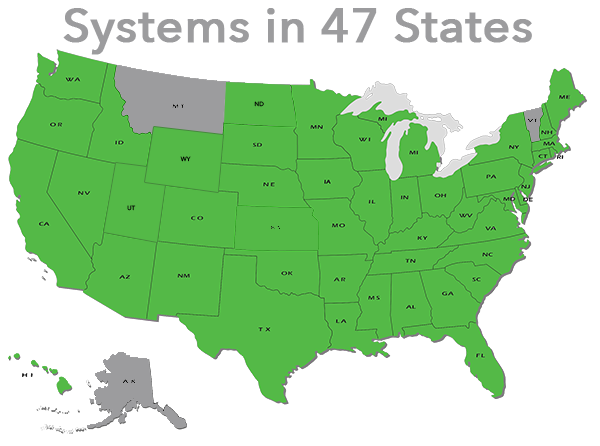This month we’ve been highlighting solar energy at home. Many people still do not realize that an off-grid solar electric system isn’t as difficult as it seems. I am here to tell you how to make it possible. Oftentimes an off-grid solar system makes sense in rural areas where it is difficult and expensive to extend existing power lines to connect with the grid (which can cost between $15,000 and $50,000 per mile), but an off-grid system can also make sense elsewhere. Step One The first step to installing an off-grid solar electric system in your home is to research the equipment you will need based on what you want the system to accomplish. For all systems to transmit electricity safely, you will need “ balance-of-system ” equipment to condition the electricity, as well as transmit and/or store electricty for future use. Do you want your system to store power for...
3891 Hits
3891 Hits























